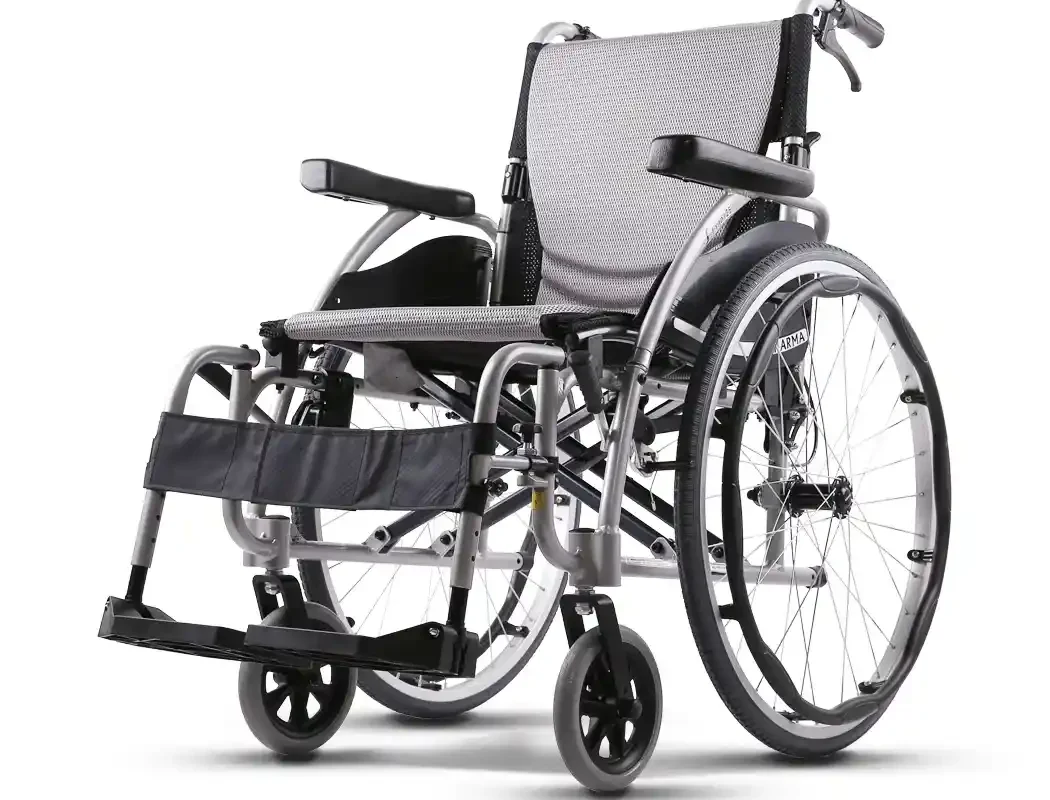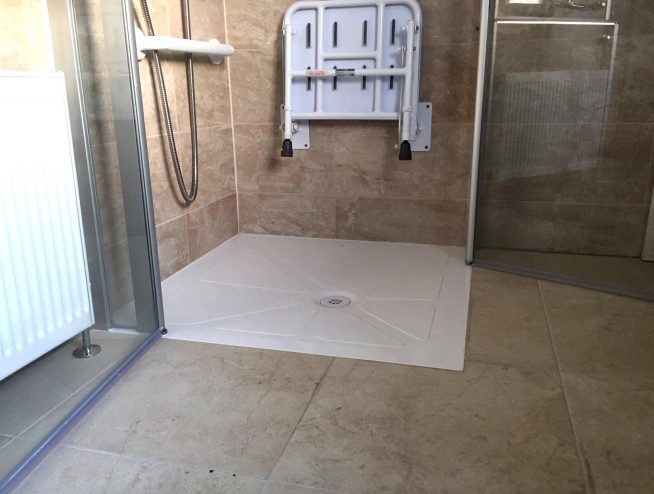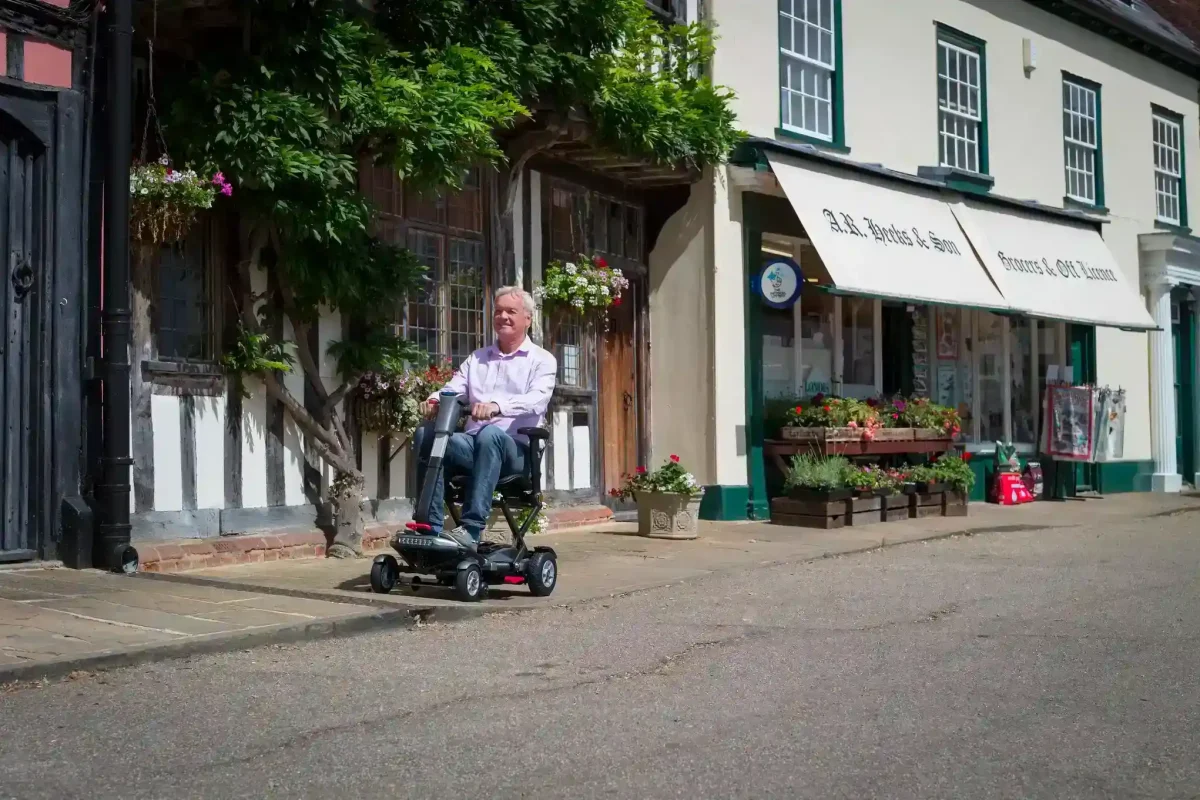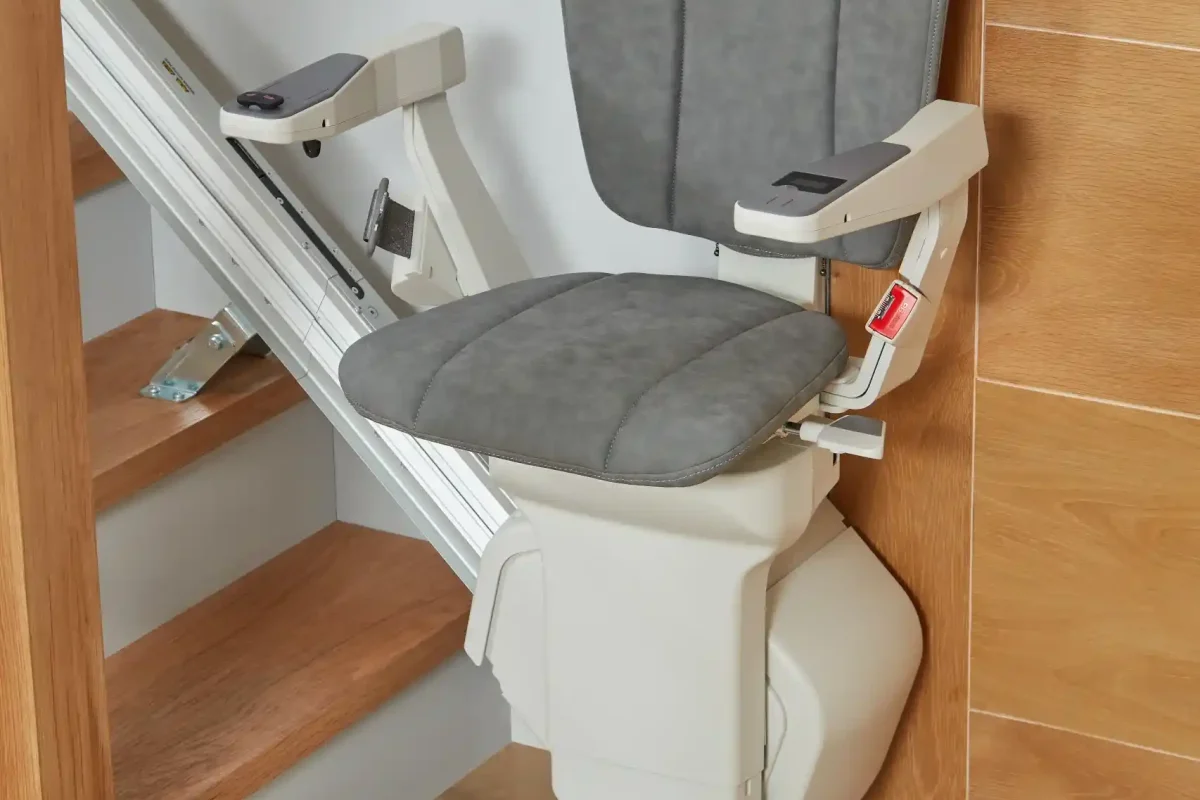Are you looking to purchase one of the best wheelchairs available in Ireland? Irish Stairlifts & Bathrooms (ISB Mobility) offers an extensive selection of high-quality manual and power wheelchairs to suit a wide range of mobility needs. Since 1999, we have been proud to serve customers throughout Dublin, Leinster, and across Ireland with expert advice and reliable mobility solutions.
Why Choose a Wheelchair from ISB Mobility?
At ISB Mobility, all our wheelchairs—from lightweight manual models to advanced powerchairs—are carefully selected and tested by our knowledgeable team to ensure superior quality, durability, and comfort. Whether you need a wheelchair for everyday use, travel, or specific medical requirements, our experts are ready to guide you to the best fit.
Types of Wheelchairs Available
Manual Wheelchairs
Manual wheelchairs require the user or a caregiver to propel the chair and are excellent for those looking for independence or assistance during short-term mobility. We stock:
-
Self-Propel Wheelchairs: Designed for users who want control over their movement, featuring large rear wheels for easy self-propulsion. Ideal for active users.
-
Transit Wheelchairs: Lightweight and portable, these are pushed by caregivers and are perfect for short trips or transport.
-
Specialist Models: Including pediatric and wide-seat options, with adjustable features to enhance comfort and usability.
Powerchairs (Electric Wheelchairs)
Powerchairs provide electric-powered mobility, excellent for users who cannot propel a manual wheelchair or who need longer-range travel indoors or outdoors. Considerations include:
-
Functionality: Choose a chair suited for indoor use, outdoor terrains, or both.
-
Comfort: Look for adjustable seats, padded armrests, and ergonomic designs.
-
Practicality: Consider weight, portability, and battery life for ease of transportation and extended use.
Features to Consider When Buying a Wheelchair
-
Size and Fit: Ensure the seat width, depth, and height suit the user to prevent discomfort or injury.
-
Weight Capacity: Verify the chair can safely support the user’s weight.
-
Portability: Folding mechanisms and lightweight materials make transport and storage easier.
-
Comfort and Support: Adjustable backrests, cushions, headrests, and leg rests enhance posture and reduce pressure points.
-
Durability: Choose sturdy materials like aluminum or carbon fiber for long-lasting use.
-
Special Features: Reclining, tilt-in-space functions, and pressure-relief technologies are beneficial for users with specialized needs.
Highlight: The Bluebird Travel Chair
One standout product is the Bluebird Travel Chair, a unique folding wheelchair that folds into a compact and lightweight package. It’s perfect for storage at home or in car boots, making travel easy and convenient without sacrificing comfort or stability.
How to Get Started
Explore our full range of manual wheelchairs, powerchairs, mobility scooters, and other mobility aids on the ISB Mobility website. Our expert team is on hand to offer personalized advice, free demonstrations, and help you select the perfect wheelchair tailored to your lifestyle and needs.
Contact ISB Mobility
Don’t hesitate to get in touch for more information or expert guidance:
-
Phone: 01 616 7079
-
Email: showroom@irishstairlifts.ie
-
Visit: Our showroom in Clane, Co. Kildare
Visit the ISB Mobility website today to browse wheelchairs and powerchairs for sale and take the first step towards greater independence and mobility.

Take the First Step to Independence
Trusted Mobility & Grant Experts Since 1999
Book Your Free Home AssessmentISB Mobility Showroom – Clane
Unit C5/C6 Clane Business Park
Kilcock Road, Clane, Co. Kildare
Eircode: W91 NF86
045 892 696 |
0818 818 500
showroom@irishstairlifts.ie
Mon–Thu: 9am–5pm | Fri: 9am–4pm
Dublin Office
6 Trinity St, Dublin 2
D02 EY47
01 616 7079
info@irishstairlifts.ie
By appointment only




